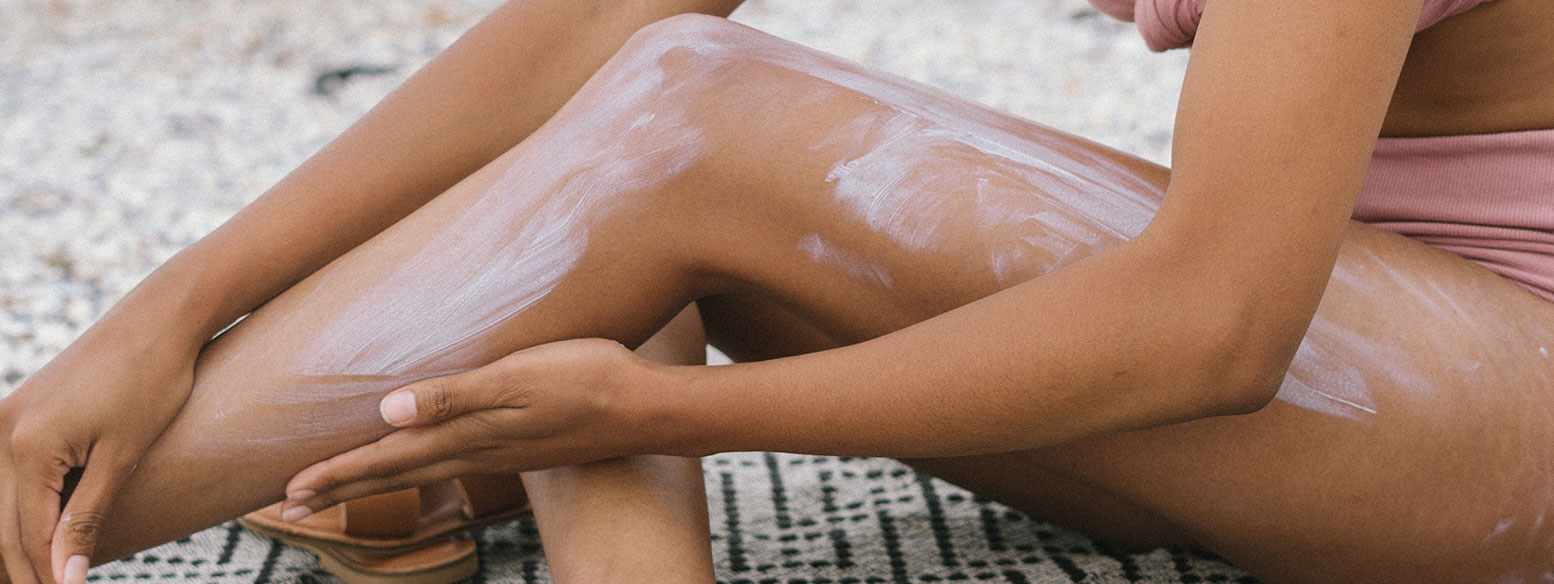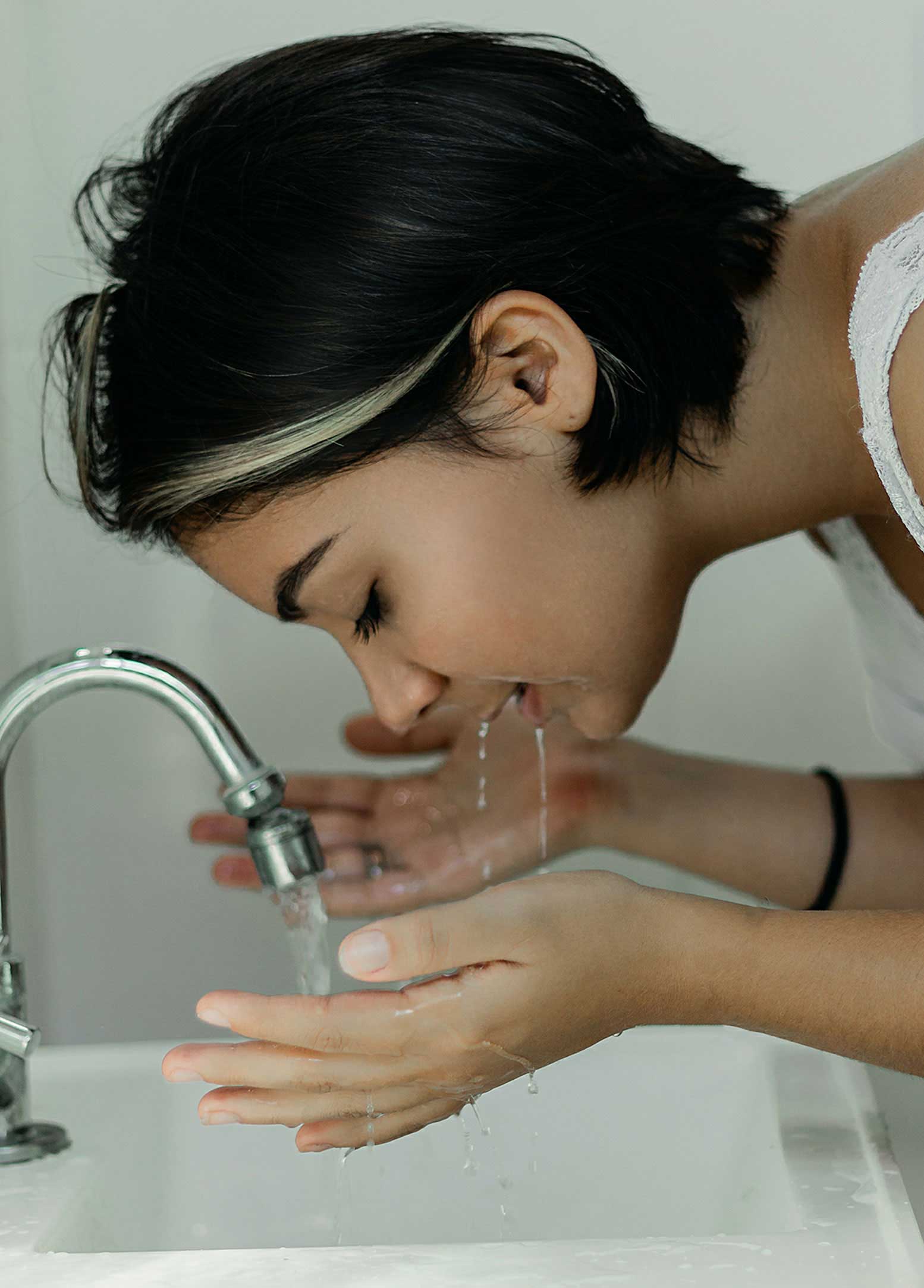S Skincare Tips and Routines
Cleansing, Toning, and Moisturizing for Healthy Skin: The Ultimate Guide
By
Beauty Doctor MD October 3, 2023

Healthy, radiant skin is not just a matter of genetics; it’s a result of consistent care and attention. The foundation of good skincare lies in three essential steps: cleansing, toning, and moisturizing. These steps form the core of any skincare routine, ensuring your skin is clean, balanced, and adequately hydrated. In this comprehensive guide, we will delve into the details of each step, exploring the best practices, ingredients to look for, and common mistakes to avoid.
Cleansing: The First Step to Clean and Clear Skin
Cleansing is the cornerstone of any skincare routine. It removes dirt, makeup, impurities, and excess oil from the surface of your skin, allowing it to breathe and absorb other skincare products more effectively.

- Choosing the Right Cleanser:
- Skin Type Matters: The type of cleanser you use should align with your skin type. For oily skin, opt for a foaming or gel cleanser. Dry skin benefits from cream or oil-based cleansers. Sensitive skin requires a gentle, fragrance-free cleanser.
- Ingredients: Look for cleansers with mild surfactants (cleansing agents) that won’t strip the skin. Avoid harsh ingredients like sulfates, which can be drying and irritating.
- pH-Balanced: A pH-balanced cleanser helps maintain the skin’s natural acid mantle, which protects against bacteria and moisture loss.
- Cleansing Technique:
- Use Lukewarm Water: Avoid hot water, as it can be drying. Lukewarm water is ideal for cleansing.
- Gentle Massage: Apply the cleanser in gentle, circular motions with your fingertips. Don’t scrub vigorously, as it can damage the skin’s protective barrier.
- Rinse Thoroughly: Ensure you rinse your face thoroughly to remove all traces of the cleanser. Residue can lead to irritation.
- Frequency:
- Twice a Day: Most people benefit from cleansing in the morning and evening. However, if you have very dry or sensitive skin, once a day in the evening may suffice.
- Common Mistake to Avoid: Over-cleansing can strip the skin of its natural oils, leading to dryness and potential sensitivity. Be gentle and don’t cleanse more often than necessary.

Toning: Balancing and Prepping the Skin
Toning is the second step in a skincare routine. It helps balance the skin’s pH, removes any remaining traces of impurities, and prepares the skin for the absorption of serums and moisturizers.
- Choosing the Right Toner:
- Alcohol-Free: Avoid toners containing high levels of alcohol, as they can be harsh and drying. Opt for alcohol-free or low-alcohol options.
- Hydrating Ingredients: Look for toners with hydrating ingredients like hyaluronic acid, glycerin, or aloe vera. These help retain moisture and soothe the skin.
- Ingredients for Specific Concerns: If you have specific skincare concerns like acne or pigmentation, choose a toner with ingredients tailored to address those issues.
- Application:
- Cotton Pad vs. Patting: You can apply toner using a cotton pad or by patting it directly onto your skin with clean hands. Both methods are effective; choose the one that suits your preference.
- Avoid the Eye Area: Be careful not to get toner in your eyes. If your toner contains active ingredients, such as AHAs or BHAs, use caution around the eye area.
- Frequency:
- Twice a Day: Like cleansing, toning is typically done both in the morning and evening. It’s an essential step after cleansing.
- Common Mistake to Avoid: Using toners with high alcohol content can disrupt the skin’s natural barrier and cause dryness and sensitivity. Opt for alcohol-free options for better skin health.
Moisturizing: Locking in Hydration
Moisturizing is the final step in a basic skincare routine. It helps lock in moisture, keeping the skin hydrated, plump, and protected from environmental stressors.
- Choosing the Right Moisturizer:
- Skin Type-Specific: Select a moisturizer that aligns with your skin type. For dry skin, choose a rich, hydrating formula. Oily skin benefits from oil-free, non-comedogenic options.
- Added Benefits: Look for moisturizers that offer additional benefits, such as antioxidants, peptides, or SPF. These can enhance the overall health and appearance of your skin.
- Application:
- Amount: You don’t need a large amount of moisturizer; a pea-sized amount is often sufficient for the face and neck.
- Technique: Gently massage the moisturizer into your skin using upward, circular motions. Don’t forget the neck and décolleté area.
- Timing:
- Morning and Night: Apply moisturizer both in the morning and evening. In the morning, follow it with sunscreen to protect your skin from UV damage.
- Common Mistake to Avoid: Skipping moisturizer, especially if you have oily skin, can lead to dehydration and exacerbate oiliness. Use a lightweight, oil-free moisturizer if you’re concerned about a greasy feel
Additional Tips for Healthy Skin:
- Sun Protection: Sunscreen is crucial. Use a broad-spectrum sunscreen with at least SPF 30 every morning, regardless of the weather.
- Exfoliation: Incorporate exfoliation into your routine 2-3 times a week to remove dead skin cells and promote cell turnover. Choose between physical (scrubs) or chemical (AHAs or BHAs) exfoliants.
- Serums and Treatments: Depending on your specific concerns, consider adding serums or treatments with active ingredients (e.g., vitamin C, retinol, niacinamide) after toning and before moisturizing.
- Eye Cream: If you have specific eye concerns like puffiness or dark circles, use an eye cream after moisturizing to target these areas.
- Patch Testing: When introducing new products into your routine, perform a patch test to check for adverse reactions or allergies.
- Professional Advice: For complex skin concerns or personalized guidance, consult a dermatologist or skincare professional.
Conclusion
A well-executed skincare routine is a valuable investment in the health and appearance of your skin. Cleansing, toning, and moisturizing form the core of this routine, ensuring that your skin is clean, balanced, and adequately hydrated. By choosing the right products, following best practices, and avoiding common mistakes, you can achieve and maintain healthy, glowing skin for years to come. Remember that skincare is not one-size-fits-all, so tailor your routine to your specific needs and consult with professionals when necessary for the best results.


